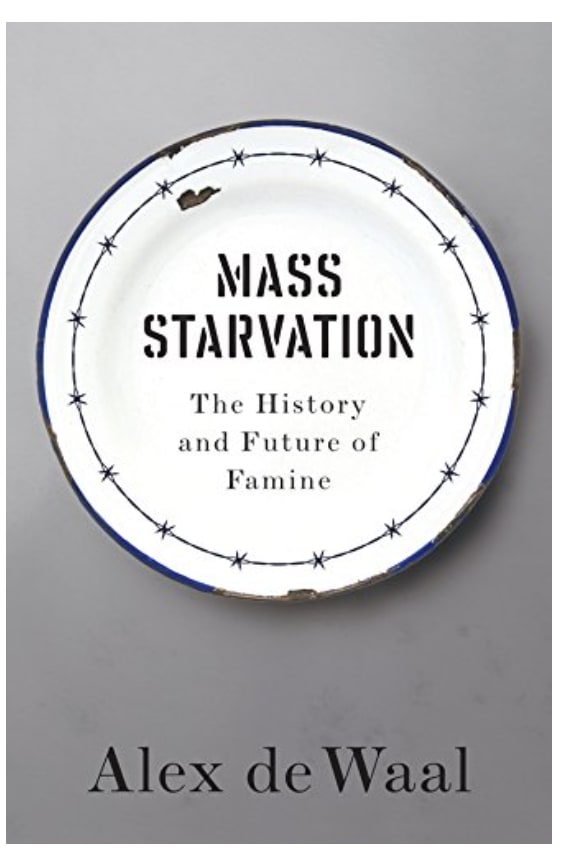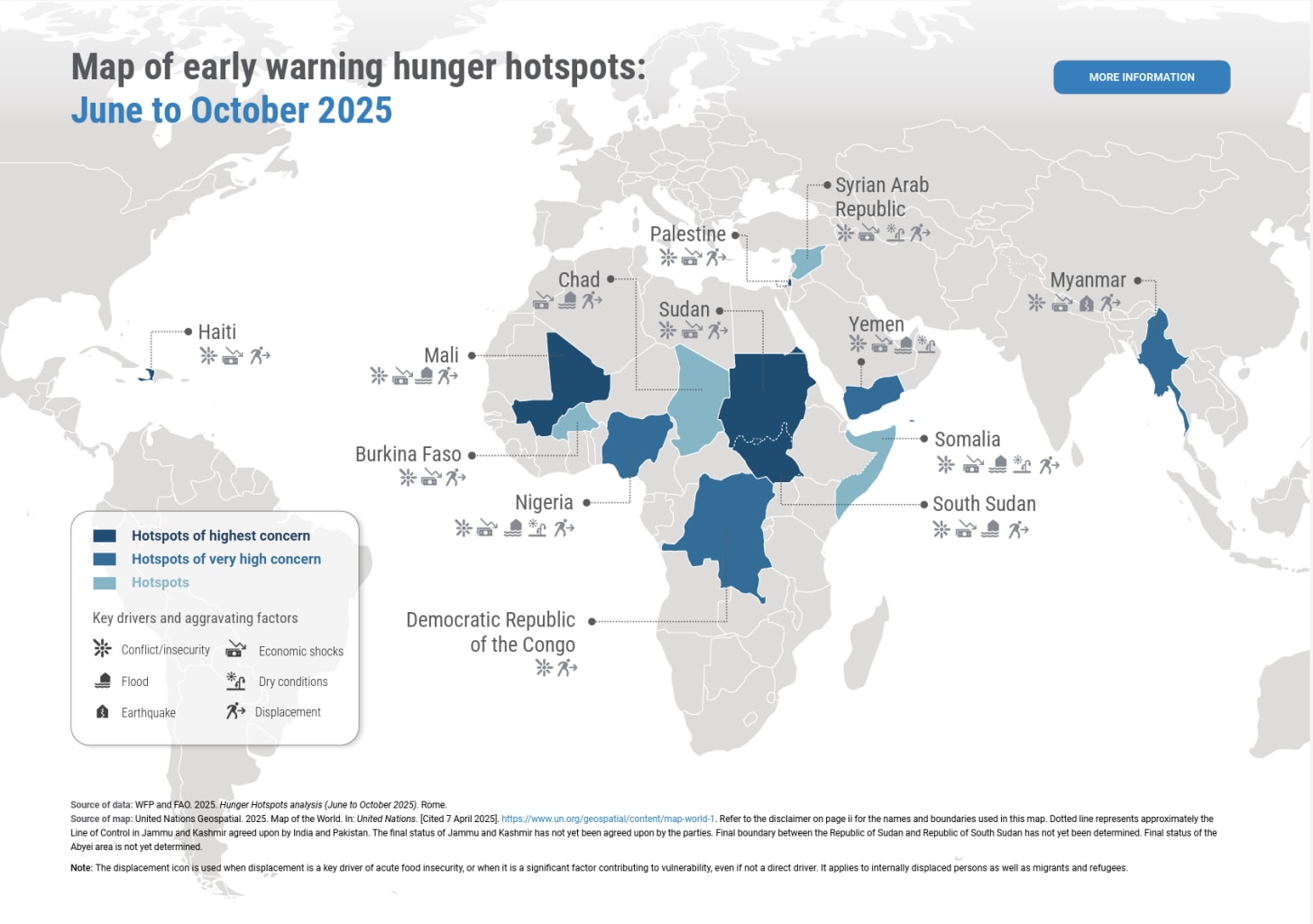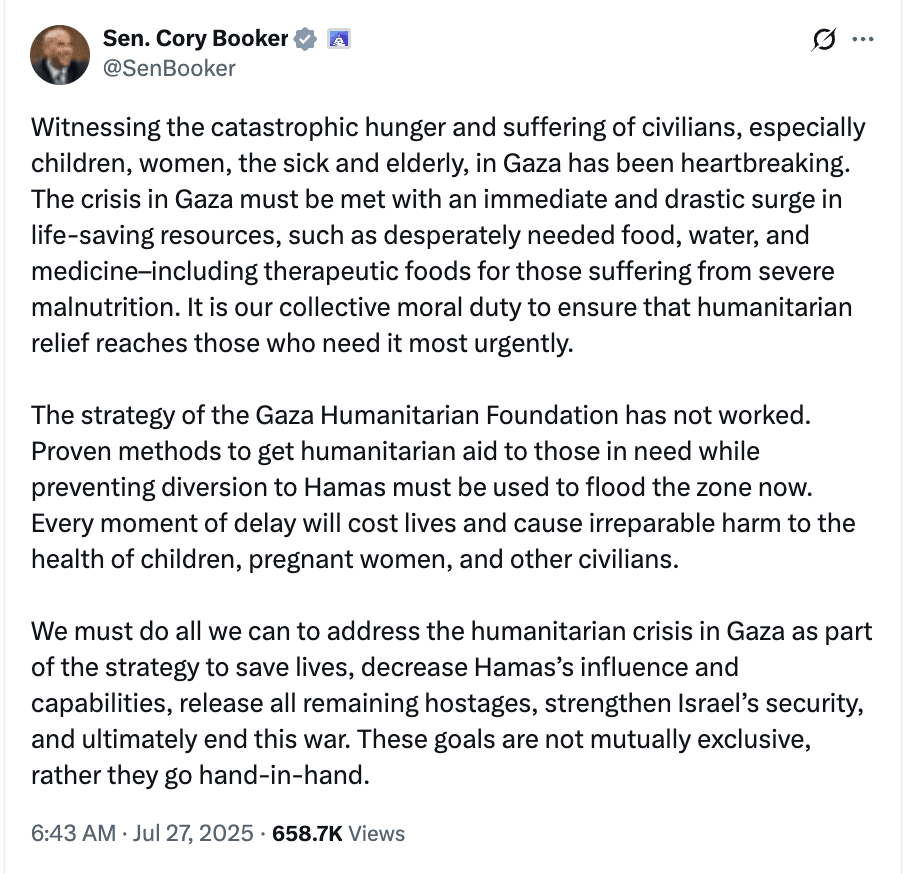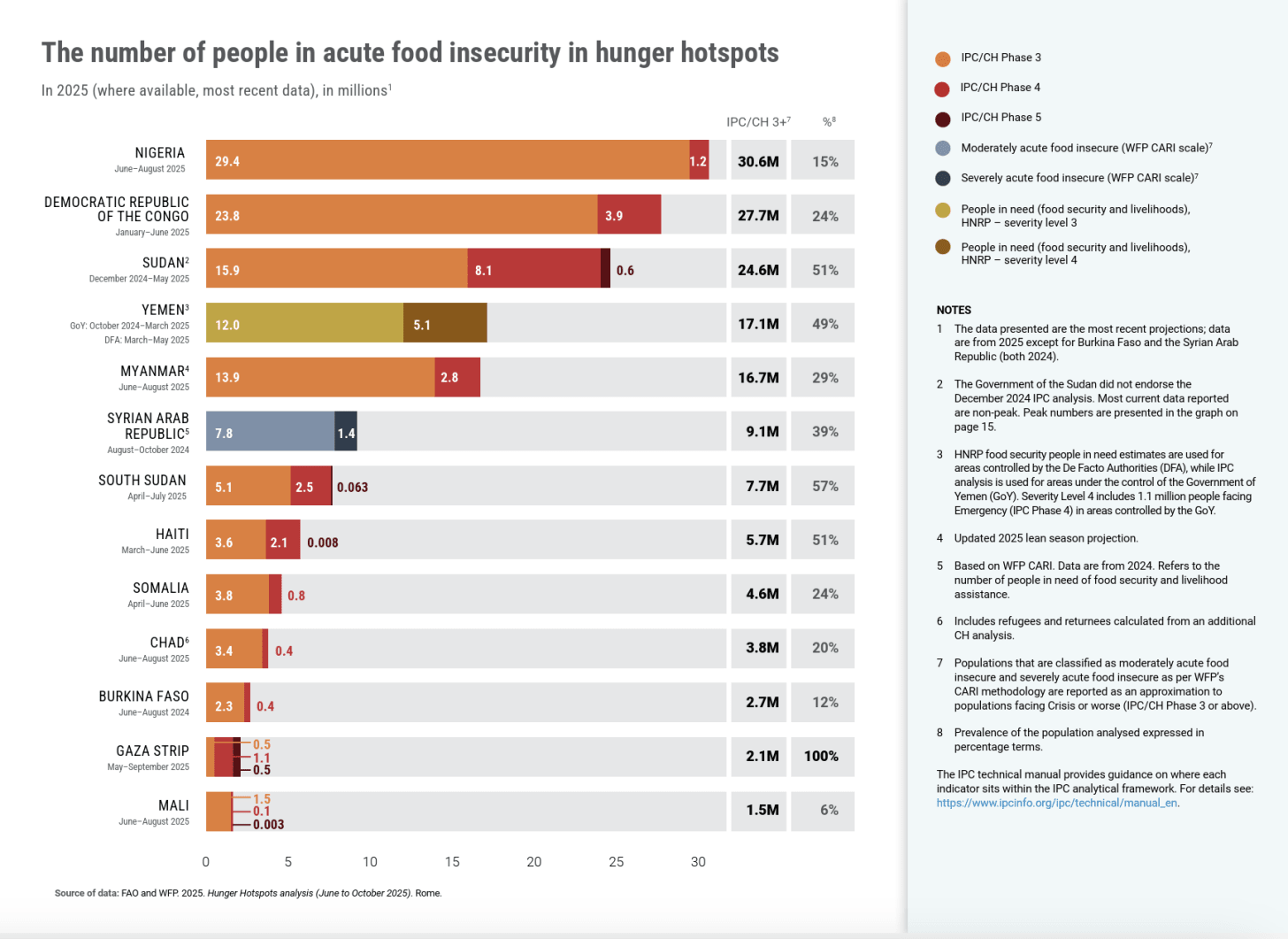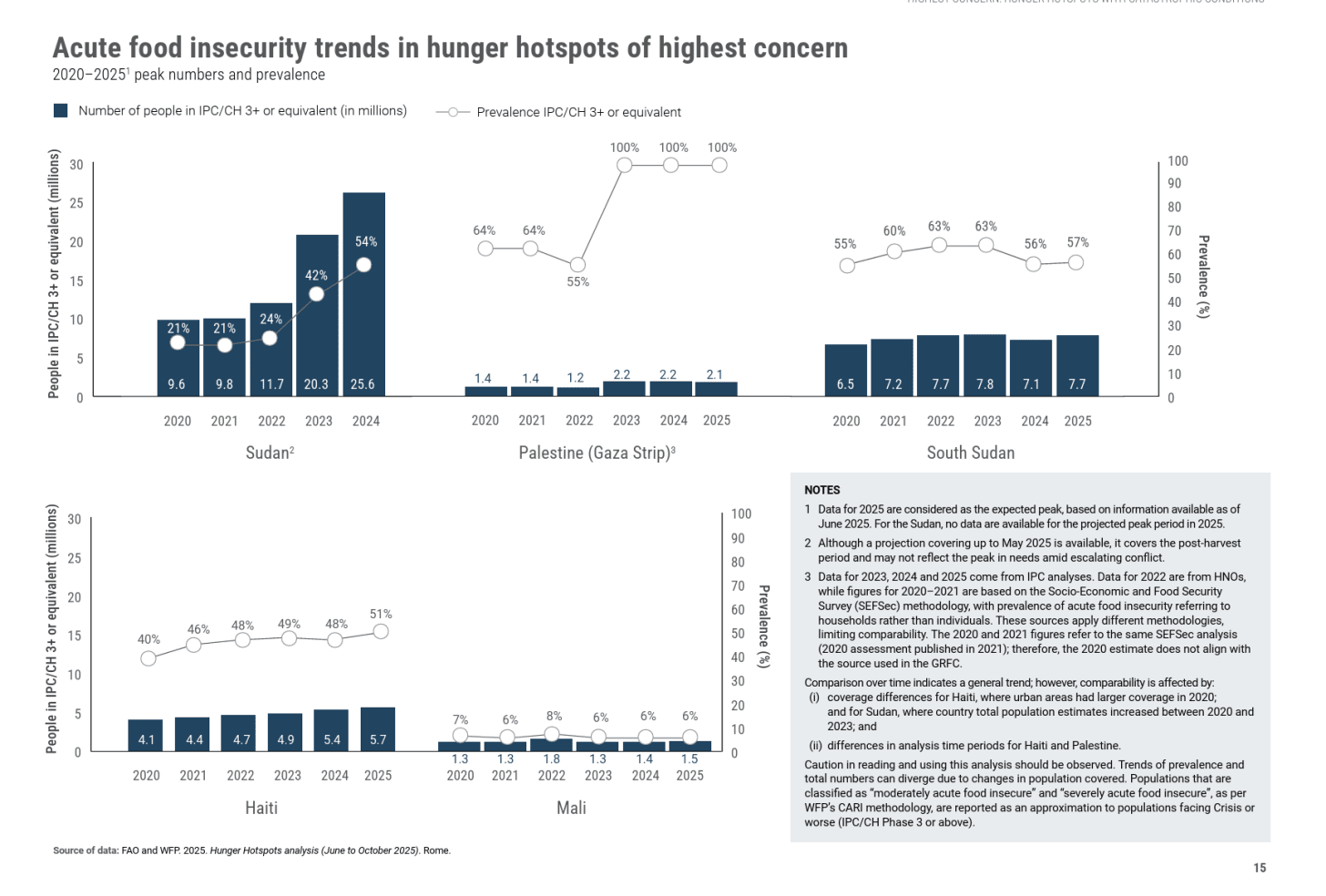For many months, it has been beyond reasonable doubt that the Israeli government, the Israeli military, sections of Israeli politics and society as well as their aiders and abetters abroad, have been deliberately starving the population of Gaza with a view to forcing the population either to flee or to face intensifying misery and ultimately an agonizing death. There is clear evidence of deliberate intent going back to 2023. This clearly warrants charges of genocide.
Those who style themselves “defenders of Israel” will be quick to insist that, in fact, there is a feeding operation in Gaza. But, as the famine historian and aid expert Alex de Waal demonstrates in powerful piece in the Guardian, “Israel’s food points are not just death traps – they’re an alibi … The Gaza Humanitarian Foundation system is like standing at the edge of a big pond and feeding the (starving) fish by throwing breadcrumbs. Who gets to eat its rations?” Air drops of food, are simply more of the same.
Ethnic cleansing by means of starvation is the actual policy.
Anyone interested in the history of famine as a political weapon would do well to consult de Waal’s harrowing history on the the topic.
As he shows, deliberate starvation, which was at the heart of Raphael Lemkin’s original discussion of genocide, born out of the Nazi occupation of Poland in the 1940s, was subsequently marginalized in our understanding of 20th-century horror.
When I resolved to tear myself out of my Asian cocoon and write this piece, I first had in mind to write something “historical” based on de Waal’s book. I soon realized that I don’t have the stomach for that kind of history right now. This is not a moment for chin-stroking arguments over the politics of historical comparison etc etc.
Let us stay with the violence in the here and now.
To anticipate another objection commonly made in Israel’s “defense”. Obviously, Gaza is not the only place in the world where people are suffering and starving in the summer of 2025. Nor is it the only place where hunger is being used as a political weapon.
If you have been in these conversations, you will have heard the retort: “Don’t criticize Israel, don’t even mention the criminal policy of its government, unless you are also willing to discuss horrors being inflicted elsewhere.”
This is confusing because Israel also frequently claims exceptional status, especially on the basis of its origins in the aftermath of the Holocaust, whose exceptionality is also emphatically asserted. But, let us side-step that rabbit hole of confusion and bad faith and take up the challenge of generalizing the critique. Let us place the policies of Israel’s government in Gaza against the global panorama of misery, war and starvation at this moment.
Anyone who is seriously interested in this question and is not simply engaged in obfuscation is invited to consult the overview of “hunger hot spots” around the world helpfully compiled for us by the UN FAO and the World Food Programme.
Here is the map of acute hunger worldwide expected for the summer of 2025. And here is the horrifying thing. There are roughly 152 million people worldwide at serious risk of hunger and famine this summer, outside Gaza. The majority, by far, are in Sub-Saharan Africa. Myanmar is the only major hot spot in Asia.
The common denominator of all of these zones of suffering, is armed violence.
As the FAO/WFP put it:
The Sudan, Palestine, South Sudan, Haiti and Mali remain at the highest concern level, necessitating the most urgent attention. Yemen, the Democratic Republic of the Congo, Myanmar and Nigeria are classified as hotspots of very high concern and require urgent attention to save lives and livelihoods and for preventing further deteriorations. Other hotspots are Burkina Faso, Chad, Somalia and the Syrian Arab Republic. Armed violence remains the primary driver of acute food insecurity in 12 of the 13 hotspots. In all the hotspots of highest concern, widespread and escalating armed violence is a major driver of the deterioration in food security, contributing to Catastrophe (Integrated Food Security Phase Classification [IPC]/Cadre Harmonisé [CH] Phase 5) outcomes in affected areas. In the Sudan, Famine-like conditions (IPC Phase 5) may persist due to the ongoing conflict and the approaching lean season.* In the Gaza Strip, the risk of Famine is becoming increasingly likely due to the protracted and large-scale military operations and the fact that humanitarian agencies are unable to provide adequate assistance. In South Sudan, subnational violence and political tensions are compounding macroeconomic challenges and flood risks. In Haiti, record levels of gang violence and insecurity are forcing mass displacement and obstructing humanitarian operations, perpetuating catastrophic food insecurity among displaced populations in the Port-au-Prince metropolitan area. In Mali, persistent conflict and very high access constraints in northern and central regions continue to disrupt food systems and limit assistance.
This is, to say the least, politely phrased.
Sudan, South Sudan, Myanmar, DRC are all in civil war. In Haiti there is anarchy. All of these situations might be reasonably described either as zones of zones of polycrisis, or as regions of chronic poverty (Northern Nigeria, for instance) - which itself demands a deeper explanation.
By contrast, “the protracted and large-scale military operations” in Gaza that are responsible for the famine there, are not manifestations of a crisis. They are being conducted with full deliberation by Israel, a rich and fully sovereign state. Food supplies to Gaza, which are fully within Israel’s grip, are being deliberately “regulated” to a totally inadequate level. Meanwhile, water desalination facilities have been targeted by smart bombs. There is no fuel for cooking. In waging its campaign in Gaza, Israel has had the unstinting and highly public support of the mainstream of US politics and that of many countries in Europe. These are not deniable operations, as for instance the UAE’s engagement in Sudan, but publicly celebrated multi-billion dollar “aid packages”.
In recent months, the political establishment in both Europe and the US has become “troubled” by images of Palestinian children dying of hunger. In reaction, they resort to grotesque euphemism to avoid the obvious fact that what is happening in Gaza is the result not of “crisis” but of deliberate Israeli policy.
Politicians in the USA and in Europe dare not say out loud what the Israeli newspaper Haaretz says every day in its headlines:
Death by starvation in Gaza is not the collateral, unintended consequence of an obscure, anonymous, amorphous crisis. It is the results of deliberate policy on the part of the Israeli government, bent on using the resources of a highly sophisticated state to render Palestinian life in Gaza impossible.
Around the world there are eleven places where more people are at serious risk of hunger than in Gaza, but what this wider view of global famine reveals is not that Gaza is “normal”, but precisely the opposite. Being the result of deliberate policy by a powerful state, commonly regarded as belonging to the exclusive club of “advanced economies”, the mass starvation in Gaza in the summer of 2025 is quite unlike that anywhere else in the world.
This exceptional quality is further emphasized if we ask simply, what percentage of the Palestinian population in Gaza is affected.
In any assessment of the deliberateness of mass killing this is a key index. It is often cited to demonstrate, for instance, the difference between the killing by the Nazi occupiers of Poland of Jews and non-Jewish Poles. Both projects of mass murder were intense, but the Nazi extermination of Jews in Poland clearly aimed, from the outset, at total extermination.
Across the hunger hot spots of the world in 2025, what is the percentage of the population that is at risk?
In Nigeria - mainly in the North - it is one sixth of the population. In Myanmar and the DRC it is roughly a quarter of the population. In Yemen, Sudan, South Sudan and Haiti - the places most commonly cited in arguments about the application of “special standards” to Israel - the share of the population at risk is between 49 and 57 percent. In Gaza, the share is 100 percent. The risk of famine is total.
As the FAO and WFP put it:
According to the IPC analysis released in May 2025, the entire population of the Gaza Strip (around 2.1 million people) were projected to face Crisis or worse (IPC Phase 3 or above) levels of acute food insecurity between May and September 2025. This includes 470 000 people in Catastrophe (IPC Phase 5) and over one million in Emergency (IPC Phase 4).267 Even if essential supplies are permitted to enter, the quantity, distribution mechanism and timing may be inadequate to prevent a rapid and uncontrollable collapse into famine.268 Concerns remain extremely high, as the key drivers of food insecurity continue to deteriorate. Households are increasingly resorting to extreme coping strategies, including collecting garbage to sell for food. Observations reveal that social order is breaking down.
A condition of total, all-inclusive starvation is highly unusual. No doubt, the reality on the ground continues to exhibit gradations of inequality and hierarchy not captured by the UN statistics. But this finding points once again to the exceptional circumstance of Gaza, which are those of a siege, a prison or a ghetto. And within that space a horrifying pressure is being applied. As de Waal remarks:
“When mass starvation grips a community, something rare and terrible occurs. Starvation is not only the biological phenomenon of the body wasting away. It’s also the death rattle of society. Famine is the sight of people scavenging for food in a garbage heap. It’s a woman cooking in secret, hiding food from her starving cousins. It’s a family selling its grandmother’s jewellery for a single meal, their faces blank and emotionless, their eyes glazed. This is the degradation, the humiliation, the shame – and, yes, the dehumanisation – that happens when human beings scrabble for food like animals. This is a reality that no statistics can capture. ,,, The social breakdown that we are witnessing, the degrading of human beings, is not a byproduct of the harm that Israel is inflicting. That’s the central element of the crime: destroying Palestinian society.”
Anyone deflecting from the clear responsibility of the Israeli state for this mass starvation of two million people, anyone resorting to euphemisms about “crises” makes themselves complicit in this historic crime.
.png)

